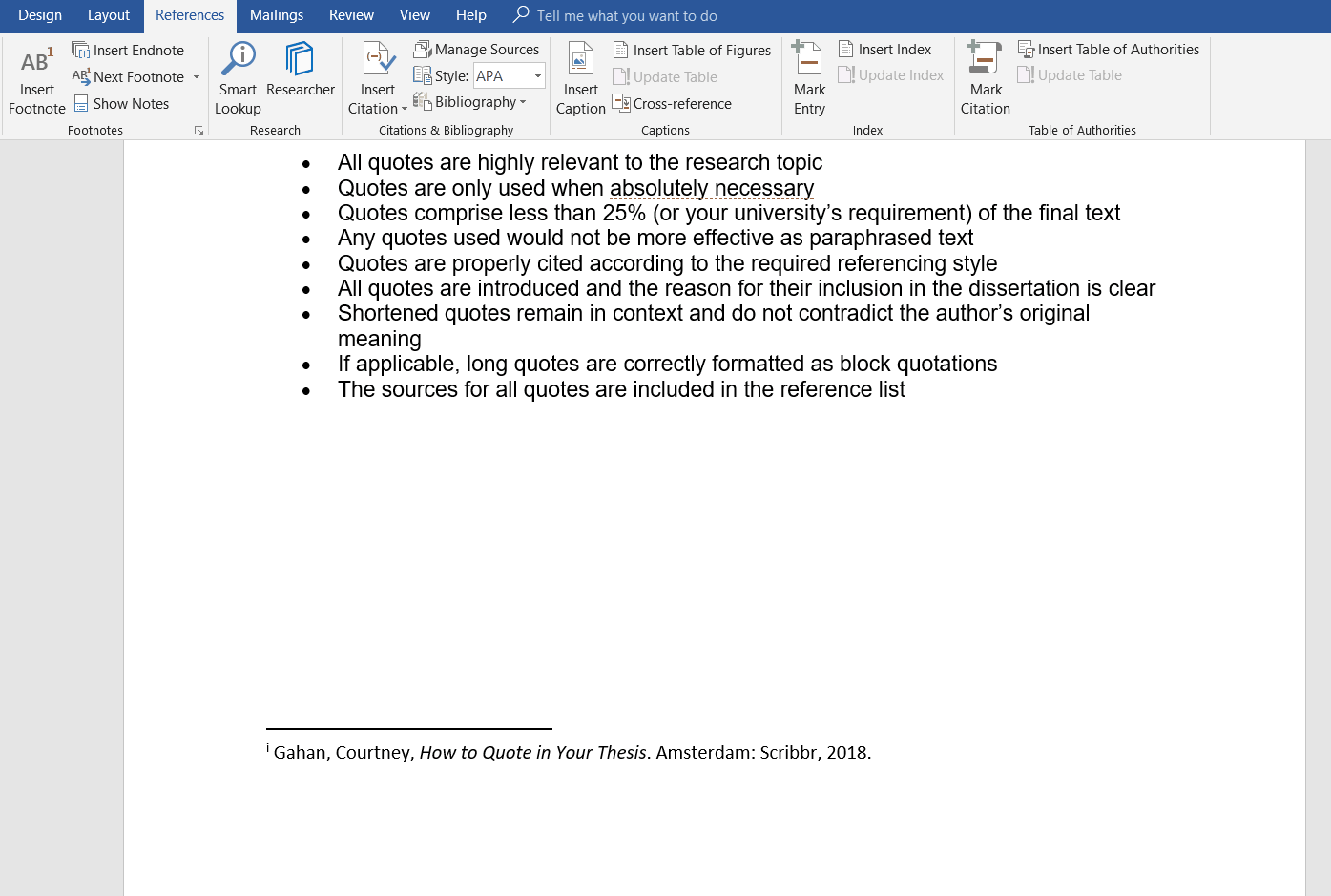

Of course, your footnotes won't automatically renumber, and they won't flow from page to page as you add or remove text from the body of the document. You could work around the problem by "faking" the footnotes, meaning to enter them manually (as regular text) and placing the notes themselves in a multi-column table placed at the bottom of the page. If you are using an older version of Word and you want your footnotes to appear in a different number of columns than your document does (for instance, two columns of footnotes when the body is a single column), you are out of luck Word can't handle it. You don't have any control over the width of the individual columns Word makes them all of equal width.

Word 2013 added the ability to have your footnotes appear using a different number of columns than the main body of your text. In general, each of the footnotes appears under the same column in which the footnote reference appears. Thus, if your document uses two columns, then the footnotes will be placed into two columns, as well. By default, the footnotes are placed into the same number of columns as you are using in the document.

Word includes the ability to place footnotes at the bottom of each page in your document.


 0 kommentar(er)
0 kommentar(er)
